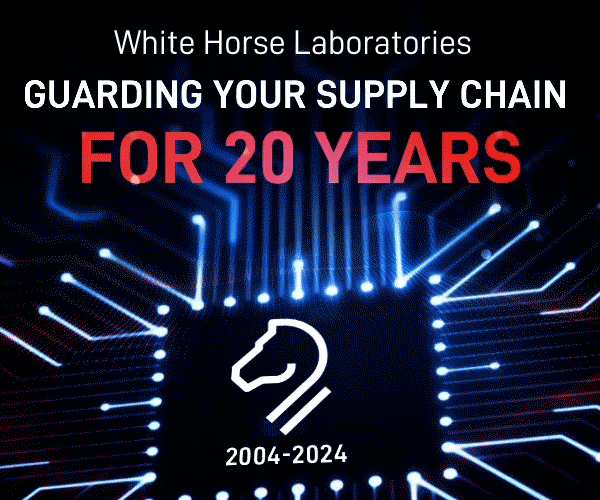EMS and 19th Century Italian Landowners

Market analysis is a good one for instance, as the information you get is never one hundred per cent correct, and you have to make certain assumptions to get to the full picture. Whatever figures you use, do some checks first to see how good they really are.
I recently read some content of a study about the EMS industry from 2007 to 2012. It had a lot of detailed figures and my first impression was very positive. Then the EMS production in the Czech Republic caught my attention. It was said to be USD 718 million in 2007. Far too low in my opinion, but I could not use my own EMS database as my figures only go back to 2013. Still, not a problem if you know where to get real figures. I called up the Czech company register on the internet. It is in the Czech language – what a surprise. If you use it a lot though, you know what words to look for to get the figures you want. “výroční zpráva 2007“ of FOXCONN CZ s.r.o. – an 86-page PDF file – that was the document I was looking for. CZK 88,612,089,000 in revenues in 2007 it said – this equals USD 4,364 million. Even though EMS production in the Czech Republic is not all about Foxconn, it is responsible for 85% of it. If the revenues stated in this market study form only 16.5% of the revenues of the biggest EMS manufacturer in Europe, it does not convince me.
Do you know Vilfredo Pareto?
He was an Italian civil engineer (1848-1923), economist, and sociologist, who experienced that 80% of the land in Italy was held by 20% of Italians, the rich people. Some people, and I do not mean Vilfredo Pareto but other economists, generalised this and called it a rule. The rule states that, for example, 80% of the wealth of a society is held by 20% of its population. Later, empirical observations found the 80-20 distribution fit a wide range of cases, including natural phenomena and human activities.
Now, let us go a little further into detail. In order to get to this statement, Pareto had to study all land registers listing all owners, and he had to do this without compiling an Excel spreadsheet. Without this investigation, he would not have been able to arrive at his statement. Does everybody who uses the 80/20-rule today support this with a 100% investigation to ascertain whether this rule applies to the parameters he is investigating? My experience is, the majority do not, they just assume that the 80/20 rule fits.
Now tell to me what the EMS market has to do with the Italian landowners in the 19th Century. The only logical explanation I found was that by using Pareto you can get to the figures very fast. I forgot to say that first you need to make another assumption about the number of EMS manufacturers.
Another approach for statistics
For the last three years, I have been investigating the European EMS market and started a list of all European EMS manufacturers. I started with the old list of a former Danish market researcher, which covered 1,300 EMS manufacturers. It did not take long to find out that more than 300 companies on this list did not exist anymore. I had to use several key words to search the internet, look into social media such as LinkedIn, and talk with other EMS market experts. From the 1,000 active EMS manufacturers on my list in 2015, it grew to 1,500 in 2016, 1,580 in 2017, and 1,625 today. My list is still not complete. Looking at the number of EMS manufacturers I find today, it is declining every month, and extrapolating this, I arrive at about 1,760 EMS manufacturers that are probably operating in the European EMS market. Do not nail me on this number. It could be about 1,750 to 1,800 companies as well. You need to know that I count every single legal entity separately. The big players have several different legal entities. Just looking at different companies, we are talking about 1,500 EMS manufacturers.
Now, I had to get some key figures for these companies in order to calculate the market. I use revenues and employees. In Scandinavia, it is easy to get hold of these figures on the internet. In Switzerland, it is easier to rob a bank than obtain revenue figures. Luckily, I have been doing an annual EMS survey for Germany, Austria and Switzerland for the last fourteen years. In Germany and Austria, more than 56% of the production value is reported to me, in Switzerland it is more than 38%.
The other figures I get from country company registers and company information services. As the latter are paid services, it costs me more than USD ten thousand a year to receive correct figures. Five reports need to be sold just to break even, and that is without having earned anything for my work. This makes you wonder whether it would not be better to just use Pareto instead.
Good figures are worth more than money
I did the test. I took the 1,500 EMS companies, sorted my Excel list by revenue and just took the revenues of the biggest 20% (i.e. 30 companies). It turned out to be a little less than EUR 22.5 billion for 2016 (~USD 25.4 billion) and should equal 80% of the EMS revenues. Assuming that the EMS market can be compared with Italian landowners, the total EMS market comes out to EUR 28.1 billion (USD 31.7 billion). Just adding up the revenues of the 1,625 EMS providers on my Excel file gets me to a little less than EUR 34.8 billion. In addition, I use a 1.4% correction factor to take into account those EMS companies I have not identified so far, mainly smaller companies. This brings my European EMS revenues for 2016 to EUR 35.26 billion (~USD 39.8 billion). A deviation of 20% from the number arrived at with the Pareto priniciple.
I will continue my analysis by calculating from bottom up to arrive at the European EMS numbers. I think correctness is worth more than just money. Does this mean that all the other figures being sold in the market are wrong? No, it does not, but one needs to look at the basis of such numbers carefully. The in4ma statistics, for example, never talks about EMEA, they talk about Europe. A company that only manufactures cable harnesses is a contract manufacturer in my opinion, not an EMS provider, as the E stands for Electronics not for Electrics. Pure cable manufacturers are not part of the in4ma statistics. This means as well, that market statistics, which include cable harnesses and cover EMEA should show a larger figure than my EUR 35.26 billion.
Using market statistics, which show lower figures, have some advantages. If a company compares its own revenue figures with a lower production value for Europe, market shares increase. The figures are wrong, but they might impress shareholders.













